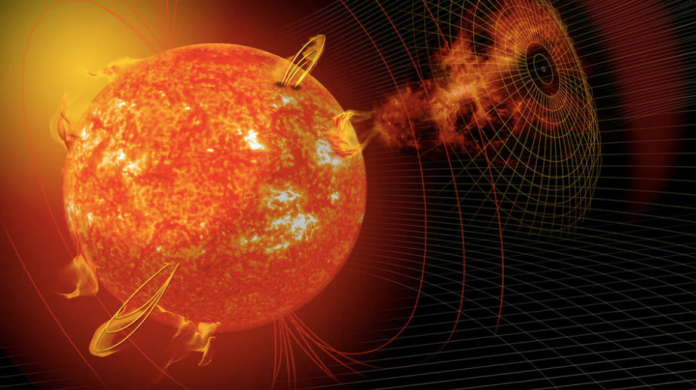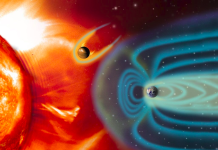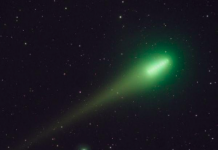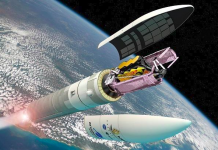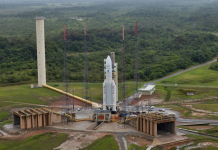The National Aeronautics and Space Administration (NASA) has warned about the ‘swirling Sun debris’ which is likely to hit Earth by December 11. NASA has said that this coronal mass ejection (CME) has been shot from the Sun earlier this week and is forecast to possibly strike the Earth by Saturday. As per a report by Express, the CME was cast towards the planet on Monday when a large filament was ejected from the Sun’s bottom half, which is now racing towards Earth. According to the US Space Weather Prediction Center (SWPC), CMEs can escape the Sun at speeds between 560,000mph to more than 6.7 million mph. At these speeds, the fastest CMEs can reach Earth in as little as 15 to 18 hours.
According to Express, Dr Tamitha Skov, a space weather physicist warned that a recent filament eruption from the Sun will deliver a glancing blow to the south of the planet, causing mild disruptions. Before we go into depth, it is important to know what is coronal mass ejection (CME). According to NASA, coronal mass ejection, or CME, are large clouds of solar plasma and embedded magnetic fields released into space after a solar eruption. CMEs expand as they sweep through space, often measuring millions of miles across, and can collide with planetary magnetic fields.
When directed at Earth, a CME can produce geomagnetic disturbances that ignite bright aurora, short-circuit satellites and power grids on Earth, or at their worst, even endanger astronauts in orbit.
A large CME can contain a billion tons of matter that can be accelerated to several million miles per hour in a spectacular explosion. Solar material streams out through the interplanetary medium, impacting any planet or spacecraft in its path. CMEs are sometimes associated with flares but can occur independently.
Dr Tamitha Skov said, “Expect a mild disturbance, but the aurora is possible at high latitudes with sporadic amateur radio & GPS issues on Earth’s nightside,” as quoted by Express.
According to the astronomers behind SpaceWeather.com, the “swirling debris” caused by the explosion from the Sun will “barely miss the Earth”. As per their prediction, the debris will fly just south of the planet.


